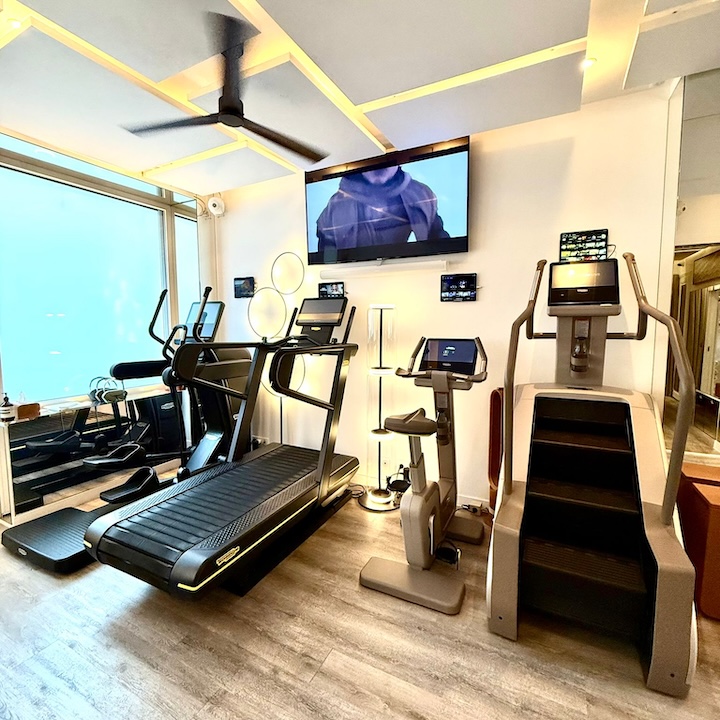The Importance of Muscular Balance for Injury Prevention and Performance Enhancement
When we discuss fitness, we often focus on strength, flexibility, or endurance. However, an often-overlooked yet fundamental aspect of training is muscular balance. An imbalance between muscle groups can not only compromise your performance but also significantly increase the risk of injury. This article explores how maintaining and improving muscular balance can be the key to sustainable and pain-free progress.

What is Muscular Balance?
Muscular balance refers to the harmonious relationship between agonist and antagonist muscles—muscles that perform opposite actions. For example, the quadriceps in the front of the thigh and the hamstrings in the back need to work together to ensure proper leg mobility and stability. When one group becomes dominant, the other can become overworked, leading to stiffness, pain, and even injuries such as muscle tears.
Incorporating several key corrective techniques into your training can dramatically improve muscle balance, stability, and injury prevention. At Louis Fabre Coaching, we utilize targeted strengthening programs, such as exercises for deep stabilizers like the transverse abdominis, to enhance joint stability. We also incorporate proprioceptive drills, such as single-leg balancing and unstable planks, to improve neuromuscular coordination. To complement these, mobility techniques using foam rollers and bands help address asymmetries and expand range of motion, ensuring your body functions efficiently and pain-free.
In addition to these corrective methods, we also focus on postural re-education to ensure that your body maintains proper alignment throughout daily activities and workouts. This involves exercises like thoracic extension and pelvic repositioning to correct poor posture, which is often a root cause of chronic pain and muscle imbalances. By consistently improving posture, we help reduce stress on key areas like the lower back and neck, while promoting a more efficient and pain-free movement pattern in every exercise.

The Dangers of Muscular Imbalances
Imbalances can develop due to poor posture, lack of variety in exercises, or neglecting certain muscle groups. Many gym-goers tend to focus on "visible" muscles like the chest or biceps while neglecting stabilizing muscles such as those in the back or shoulders. This can result in tension, chronic pain, and even joint issues like tendinitis or injuries in the knees and hips.
Evaluating and Correcting Imbalances
A qualified personal trainer is essential for evaluating your movement patterns and detecting muscular imbalances. At Louis Fabre Coaching, each client undergoes a personalized assessment that includes a comprehensive postural analysis. This evaluation helps identify weak areas and allows for a specific plan to target underdeveloped or overstretched muscles.

Correction methods include:
- Targeted Strengthening Exercises: Developing a specific program to strengthen underutilized muscles.
- Stretching: Regular stretching of overly tight muscles to restore balance.
- Mobility Techniques: Exercises designed to correct asymmetries and improve range of motion.
The Impact of Muscular Balance on Performance
A balanced body results in better posture, increased movement efficiency, and reduced injury risk. Whether you’re a high-level athlete or exercising for fun, muscular balance allows you to maximize your abilities without injury.
Improved balance can also enhance stability and coordination. You may notice better performance in complex movements, whether running, weightlifting, or playing team sports.

Invest in Muscular Balance for a Healthier Future
At Louis Fabre Coaching, we understand that muscular balance is crucial for safe, long-term results. That’s why we offer a holistic approach that includes both muscular imbalance correction and individualized training plans. Training in a fully equipped private gym, you benefit from a space dedicated to optimizing your fitness, with services like massage techniques, personalized stretching, and attentive client care.

Taking care of your muscular balance today will save you from pain tomorrow and allow you to reach your goals more quickly and sustainably.









